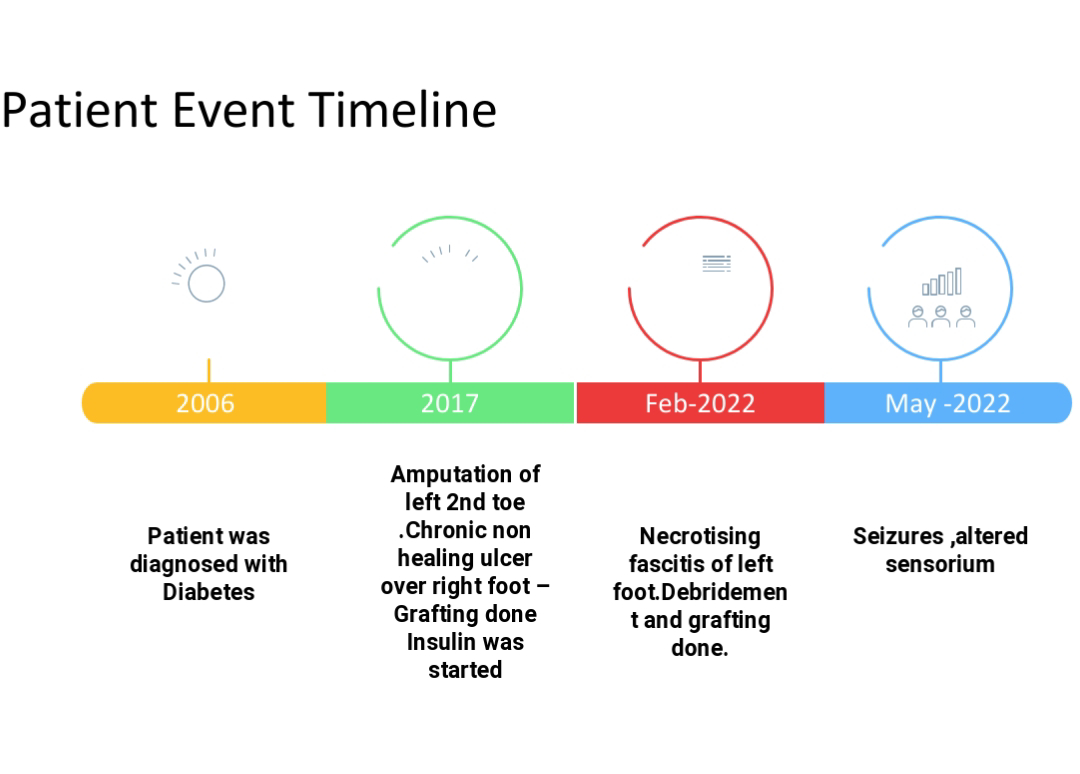A case of Neuromyelitis optica
Brief clinical history :
Middle aged man , presented to opd with history of ataxia, unilateral blurring of vision ,acute retention of urine .
All his Symptoms gradually progressed .
He complained of sensory level ,above the umbilicus ,below this level patient complained of severe parenthesias .
CNS examination-
Higher mental functions- intact .
Motor examination
Power - 5/5 in all limbs .
With exaggerated reflexes in lower limb .
Bilateral plantar - withdrawal response
All cranial nerves were intact - except 2 nd cranial nerve .( OPTIC NEURITIS )
Sensory examination - decreased sensation of touch ,pain ,temp , vibration,joint proprioception decreased from T8 level .
Rombergs +ve
No Cerebellar signs .
All laboratory parameters were normal
Major differentials :
1- Multiple sclerosis
2- NMO
3- NMOSD
1) Diagnostic criteria for NMO
https://www.ncbi.nlm.nih.gov/pmc/articles/PMC3882989/Compared to MS, in NMO Optic nerve involvement is more severe .
Aquaporin 4 antibody and presence of long segment cord involvement - favours NMO.
The differentiation of the two diseases has become increasingly important, as some treatments for MS are totally ineffective in NMO, and evidence has emerged that beta-interferons can actually make NMO worse..
And spine MRI - contiguous central cord involvement - NMO .
Patchy , short cord , peripheral involvement - MS
2- Acute retention of urine - spinal cord level .
https://www.ncbi.nlm.nih.gov/pmc/articles/PMC4807395/
Urinary retention/incontinence
Micturition is initiated by the brain, which sends tracts to the bladder and pelvic floor through the spinal cord. Descending sympathetic and parasympathetic tracts run down the spinal cord in between the corticospinal tracts and the gray matter bilaterally. Sympathetic nerves destined for the urethra and pelvic floor synapse in the intermediolateral nucleus of the lumbar cord function to close the sphincters to prevent urine leaks. The parasympathetic serves destined for the bladder wall synapse in the lateral horn of the gray matter in the lumbar cord and function to contract the bladder during voiding. An acute lesion of the cervical spinal cord would cause loss of function of both autonomic systems which causes both bladder flaccidity and incontinence. *Lower thoracic and lumbar lesions on the spinal cord cause acute urinary retention because of unbalanced sympathetic stimulation to the urethral outlet that exited the spinal cord rostral to the lesion.* In these situations, patients are usually unable to sense that their bladder is full which can delay appropriate treatment.
3- Treatment of NMO
Treatment of NMOSD is divided into two goals: suppression of acute inflammatory relapse and prevention of future relapses.
Acute treatment - high dose methylprednisolone - for 5 days and oral for 2-8 weeks .
If no response with steriods .
Plasma exchange .
Iv Ig no much role in NMO .
Maintenance was with immunosuppressive drugs - Azathioprine ,mTx .rituximab



Comments
Post a Comment